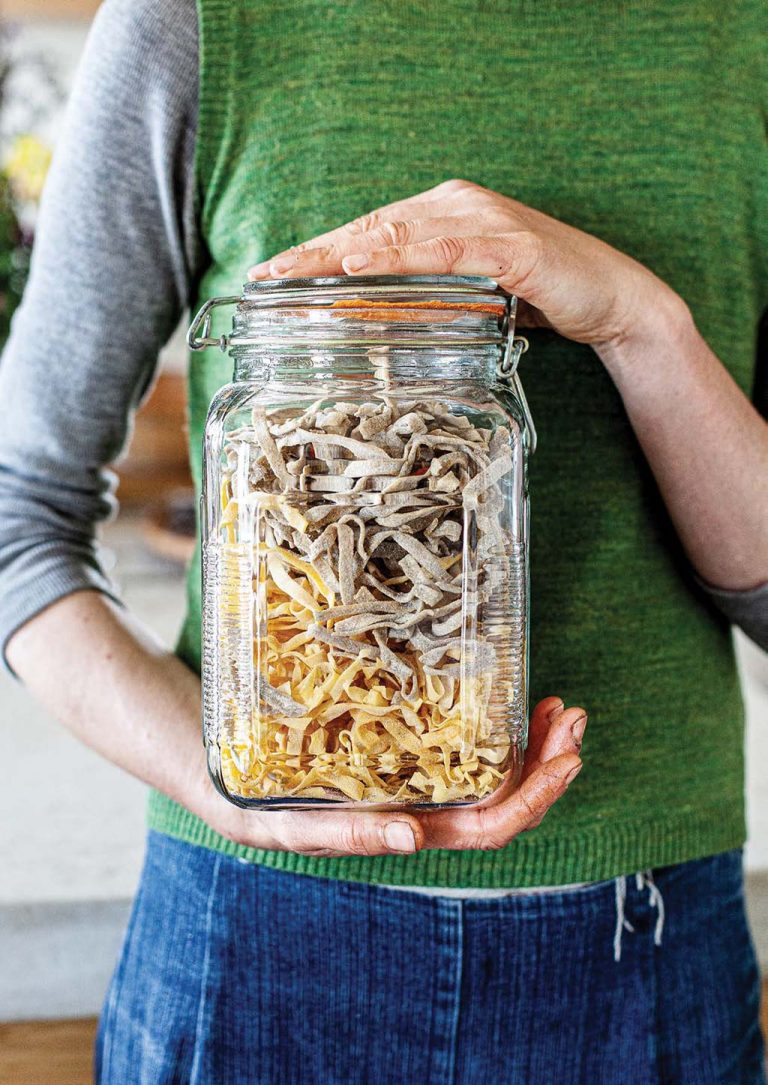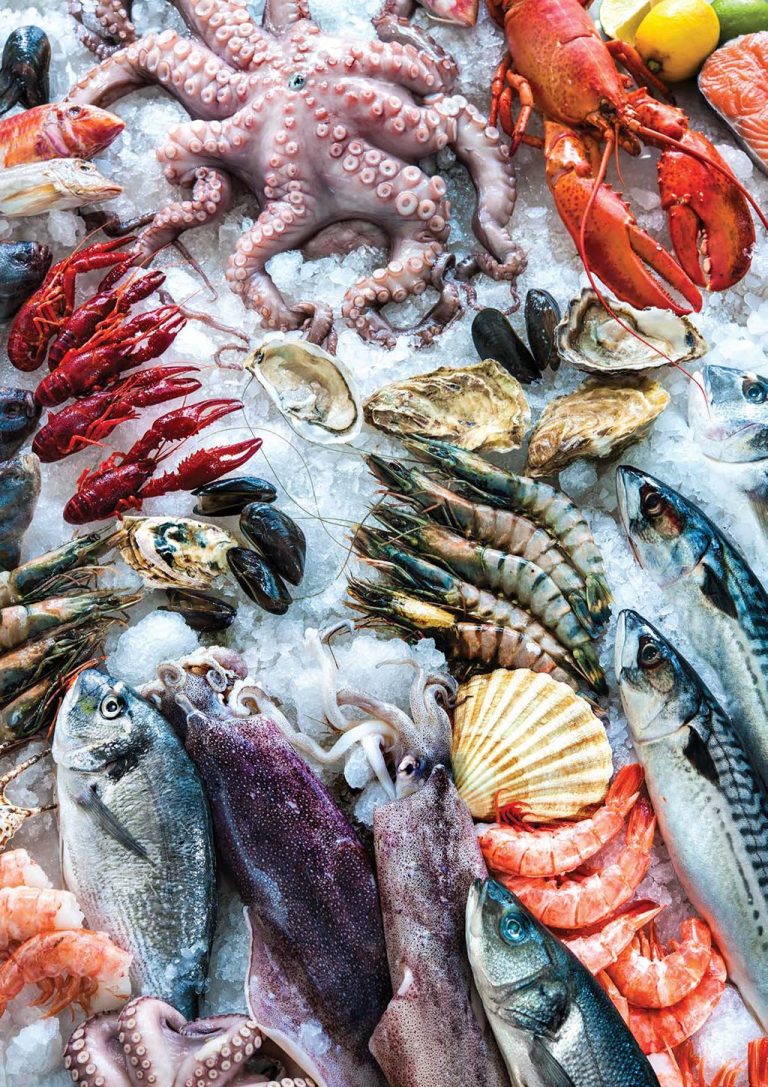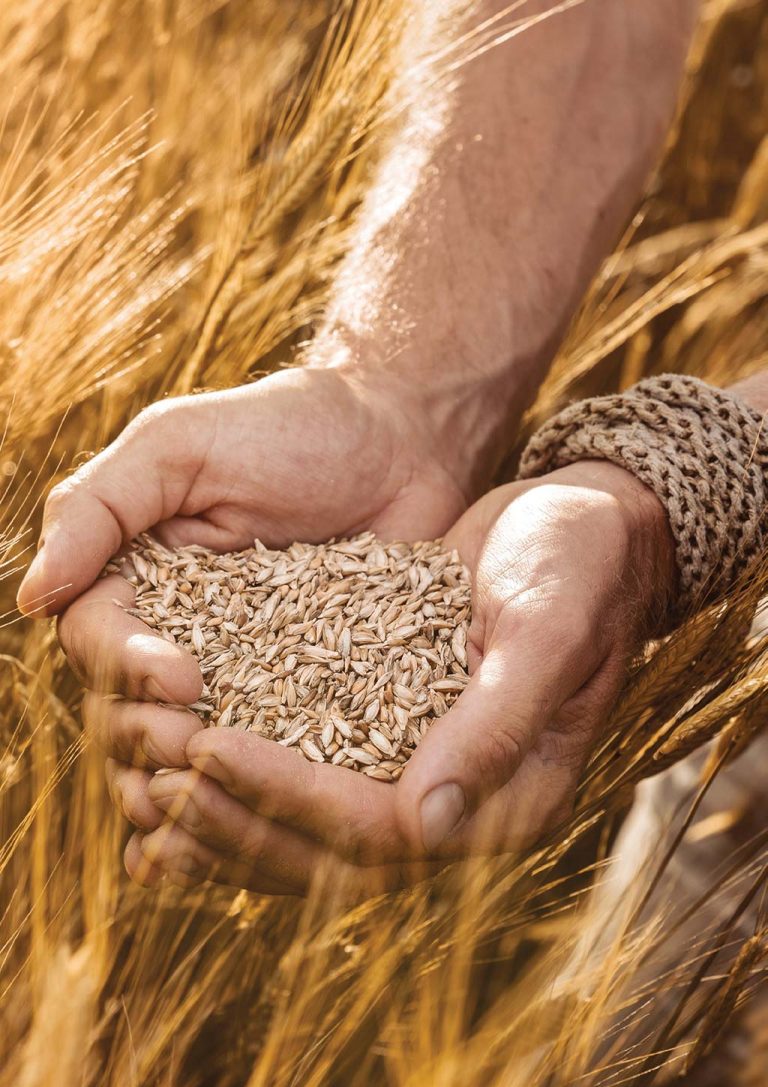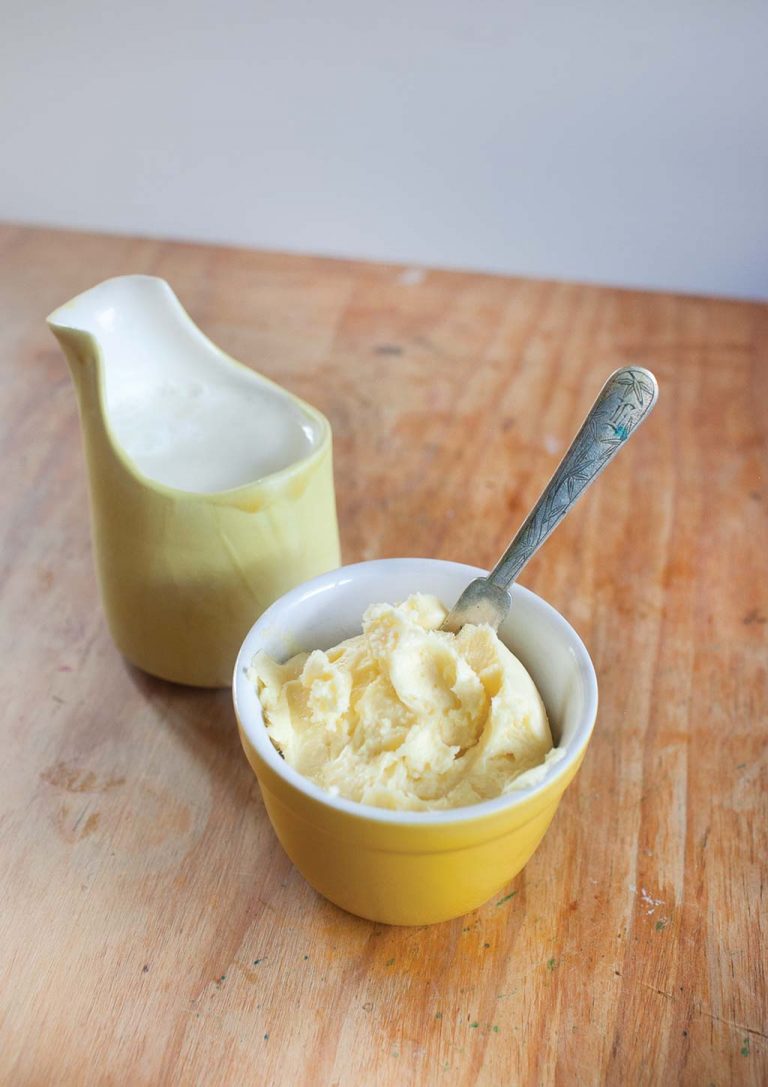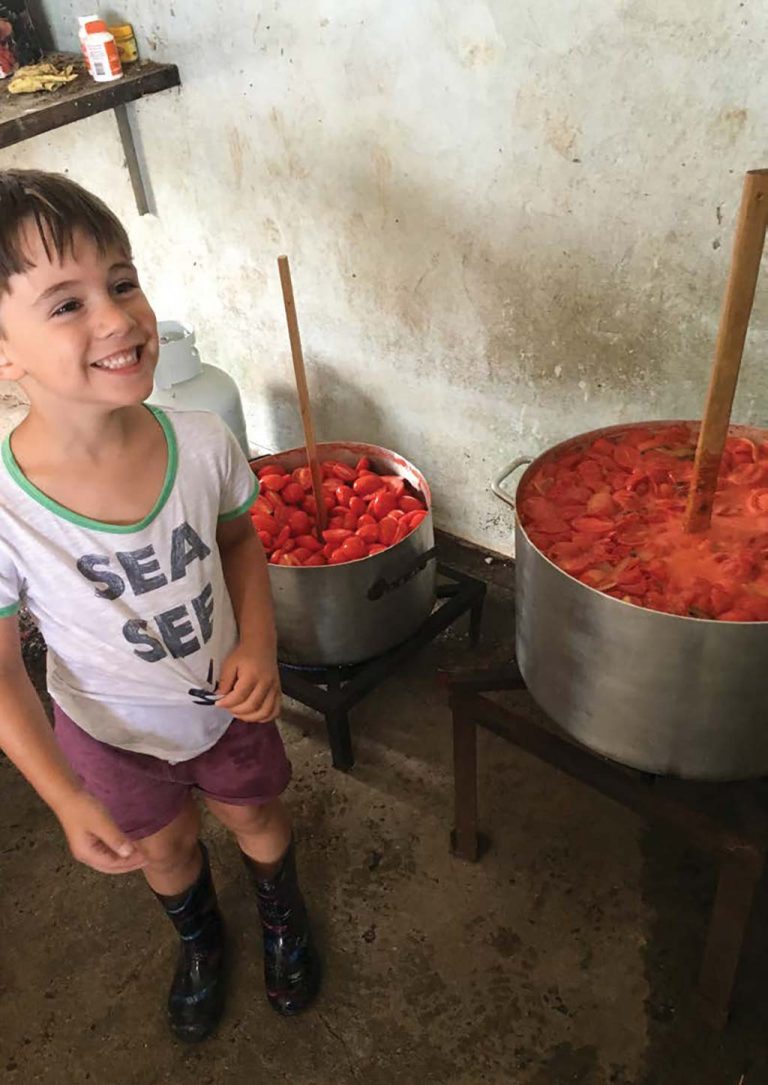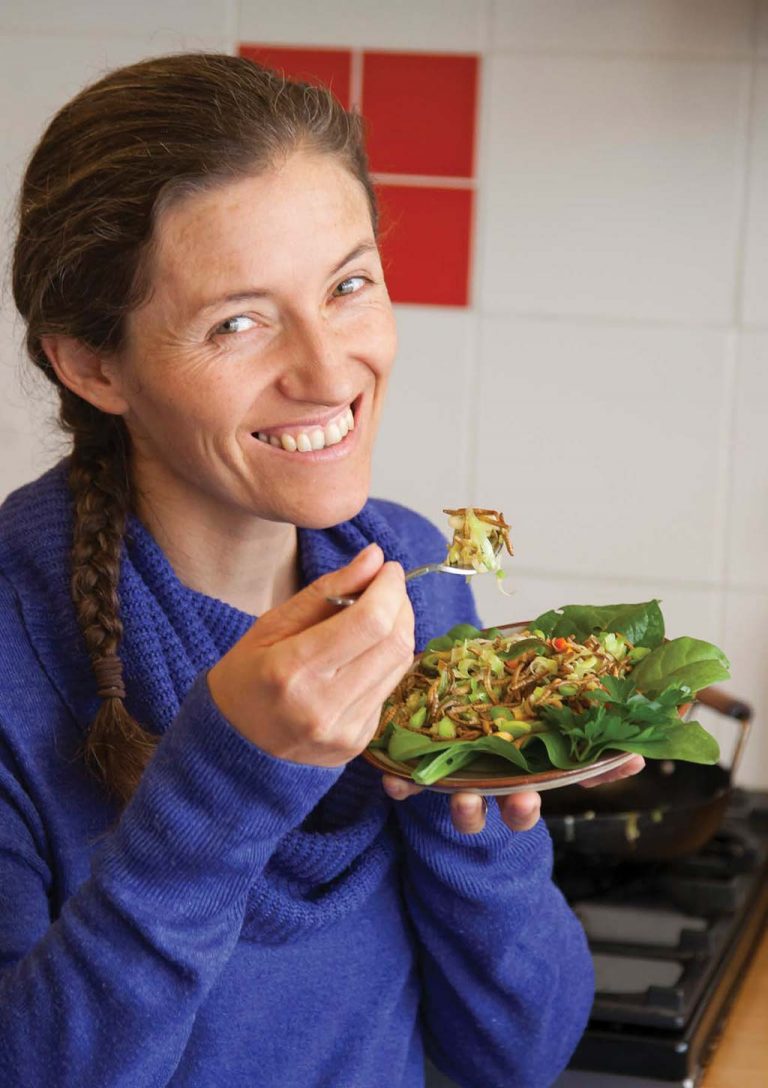How To Eat An Earth-Friendly Diet
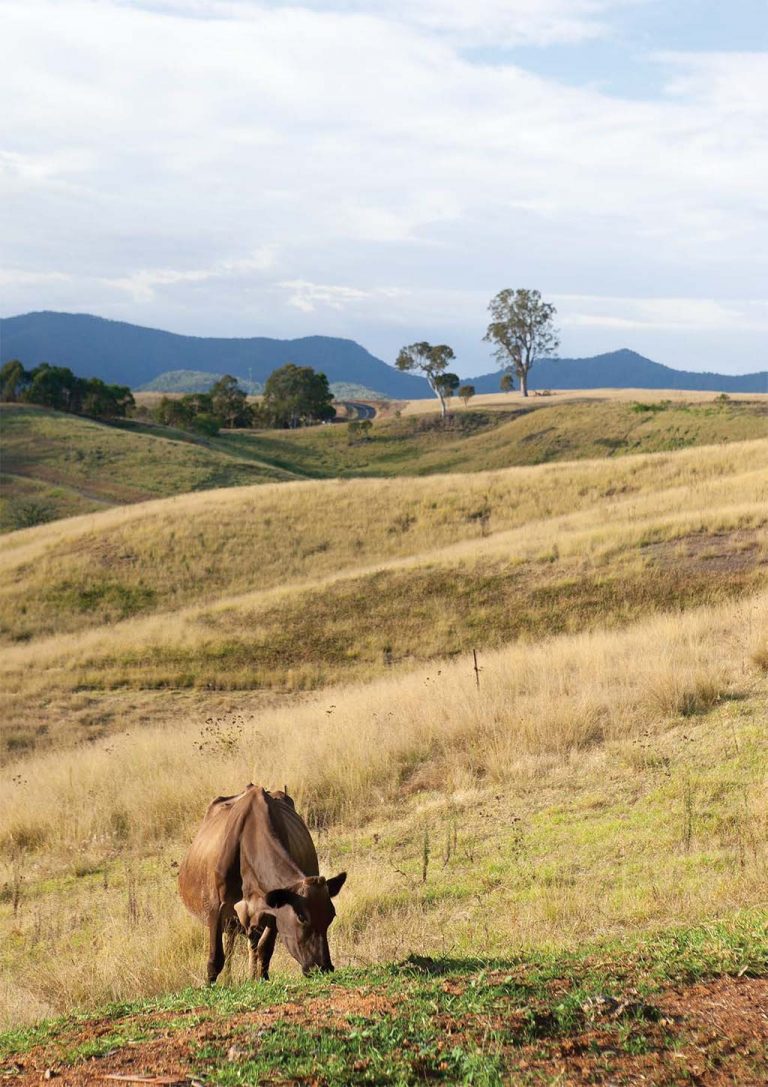
Does what we eat affect the health of the planet? With agriculture producing an estimated 15 percent of greenhouse gas emissions, you could say it makes a significant difference to the planet’s health.
While we are told that eating less meat or eating a plant-based diet is the most earth-friendly way to go, it’s worth looking more deeply into this advice; and rather than just considering whether we eat meat or plants, consider how each of these foods are farmed.
It’s well documented that regenerative agriculture can not only reduce greenhouse gas emissions, but actually sequester carbon dioxide – by pulling carbon from the air and storing it in the ground. By eating food that is farmed using regenerative practices, you will be helping to build soil fertility and grow healthier and more nutrient-dense plants and animals; which will create a healthier you and a healthier planet.

